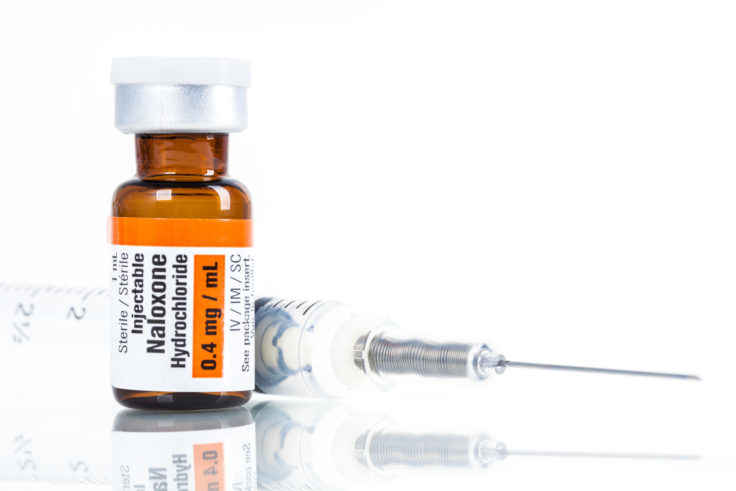Law and Policy Pathways to Addressing the Epidemic of Drug-Related Harm
February 5, 2021
Overview
The United States continues to experience an epidemic of drug-related harm, most of which could be prevented by expanding existing interventions, removing barriers to effective care, and making legal changes to eliminate the criminalization of drug use. Medications for opioid use disorder are highly effective in reducing overdose and other negative effects of opioid use disorder. Naloxone, an extremely effective antidote to opioid overdose, is associated with reductions in overdose deaths, and the provision of sterile syringes to people who inject drugs reduces bloodborne disease transmission. Unfortunately, laws at the federal, state, and local levels often act as structural barriers to these evidence-based preventions and treatments, and in many cases perpetuate and amplify stigma-driven responses to people with OUD. This is particularly true for individuals made vulnerable by economic deprivation, structural racism, and other social determinants of health. Removing harmful legal provisions and enacting those that treat substance use disorder as a public health concern and address its root causes have the opportunity to greatly reduce the epidemic of drug-related harm in the US.




